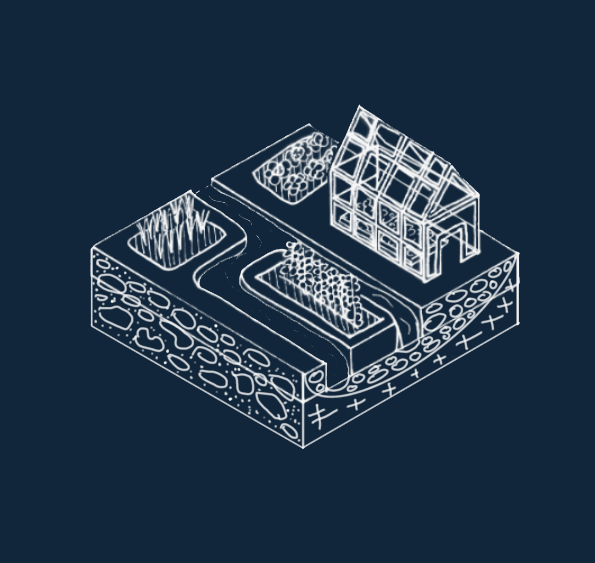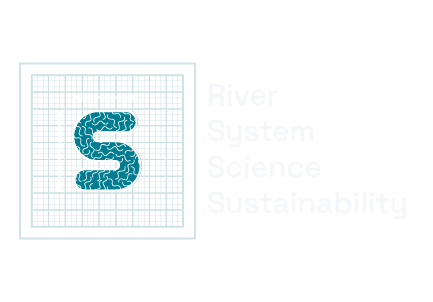Welcome to WordPress. This is your first post. Edit or delete it, then start writing!
Read More
The Schmitt Lab for River System Science and Sustainability
The Schmitt Lab for River System Science and Sustainability (RS³) promotes a new approach to river science and management—one that integrates systems thinking with a focus on sustainability. Just as earth system science has advanced our understanding of the planet as a deeply interconnected system, we apply river system science to explore how rivers function as connected networks across scales, processes, and human uses.







Why Rivers
Rivers are fascinating natural systems, underpin ecosystem and societies, and “flow” through many global challenges, from climate adaptation and mitigation to natural hazards, meeting human needs for water, energy, and food, and tackling the global biodiversity crisis. At the same time, rivers are heavily altered by human activities, requiring us to conceptualize their functions and management at the intersection of human and natural systems.

The Schmitt Lab for River System Science and Sustainability (RS³) promotes a new approach to river science and management—one that integrates systems thinking with a focus on sustainability. Just as earth system science has advanced our understanding of the planet as a deeply interconnected system, we apply river system science to explore how rivers function as connected networks across scales, processes, and human uses.







Why Rivers
Rivers are fascinating natural systems, underpin ecosystem and societies, and “flow” through many global challenges, from climate adaptation and mitigation to natural hazards, meeting human needs for water, energy, and food, and tackling the global biodiversity crisis. At the same time, rivers are heavily altered by human activities, requiring us to conceptualize their functions and management at the intersection of human and natural systems.
What we do

Modeling of river processes on a whole-network scale (sediment, fish migration, hydrology)

Strategic design of river infrastructure portfolios

Integrating impacts on rivers in renewable energy sytems planning

Interdependencies between rivers and the water-energy-food nexus

River delta management